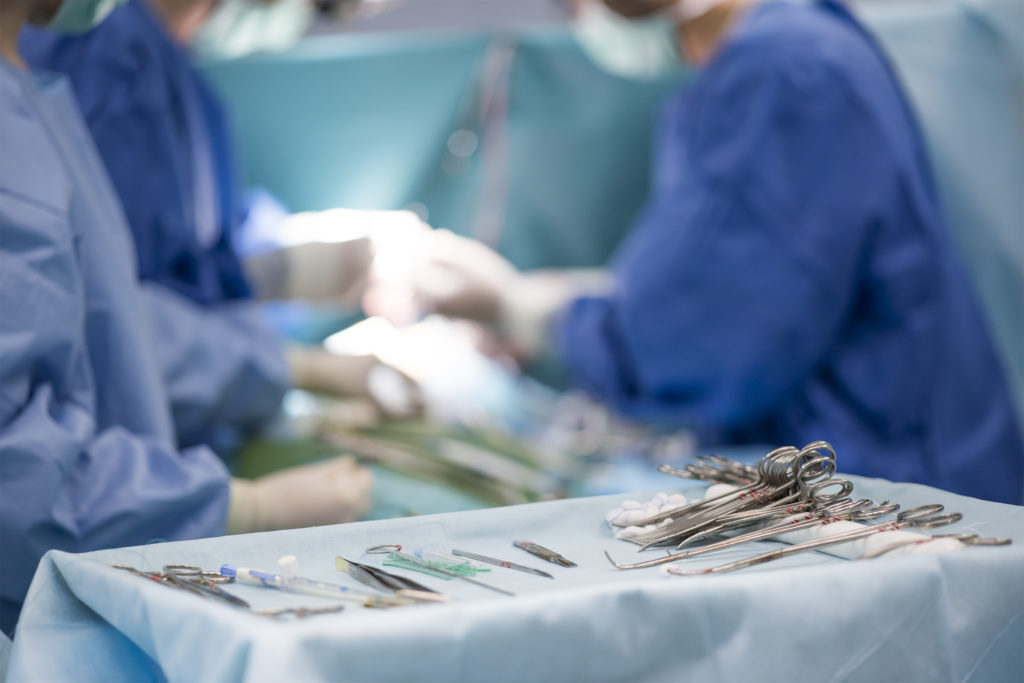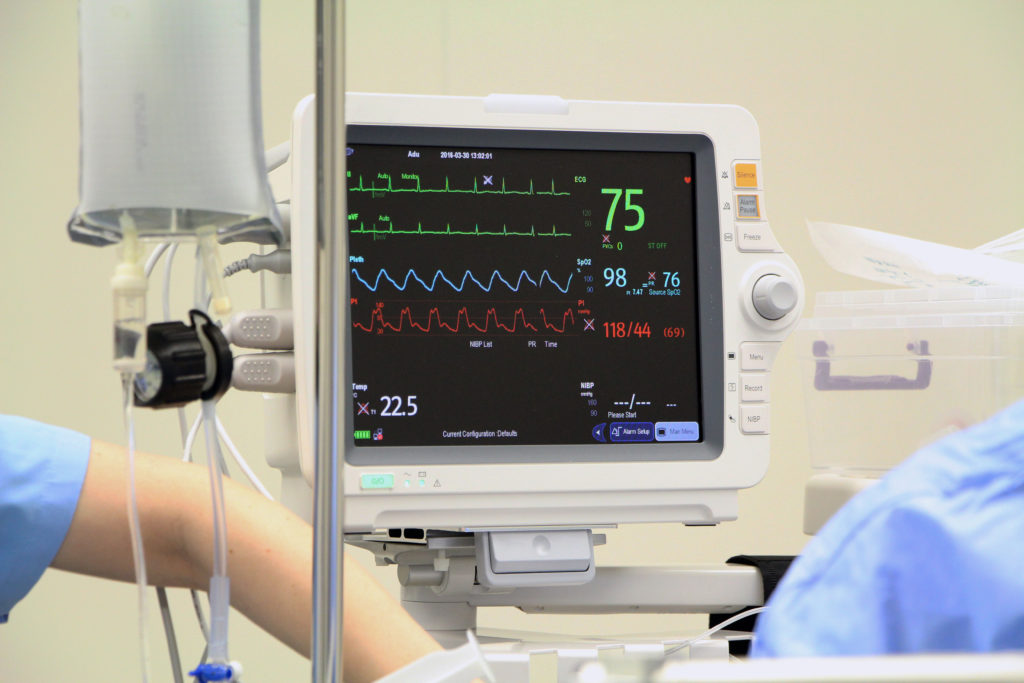- Soft-tissue & Orthopedic Surgery
- Spays & Neuters
- Anesthesia

We take pride in our surgical skills and you can too. We aren’t simply a spay and neuter clinic – we offer many other elective and emergency soft-tissue surgeries as well as several orthopedic procedures. Your pet’s comfort and safety is our primary concern. We utilize a modern multi-modal approach to pain management to keep your pet more comfortable before, during and after surgery. We take care that everything that goes into our surgeries – from the anesthetics used, to our choice of suture, our surgical technique, and our care and attention of sterility and cleanliness – results in as comfortable and speedy of recovery as we can provide.
Spay & Neuter Packages
Our spay and neuter packages include many things which increase your pet’s comfort and safety. What they don’t include are hidden surprises for you. We know that every pet should benefit from comprehensive pain control – before, during and for several days after surgery, so we include it in our price. Anesthetic safety should always be a priority, so continual monitoring by a Registered Veterinary Technician, including ECG and capnography, isn’t an added “deluxe package,” it’s included in our price. An IV catheter shouldn’t be optional for surgery any more than seat belts should be optional in cars, so it’s included in our price. Pre-surgical examinations, e-collars or After Surgery shirts, surgical recheck examinations…all are important, and all are included.
1
-
Pre-Surgical Physical Examination – Animals are examined by an Veterinarian prior to sedation for anesthetic and surgery.
-
IV Catheter – An intra-venous catheter is placed in all patients prior to anesthesia to allow rapid administration of any life-saving medications needed, which makes anesthetic much safer.
-
Meloxicam Injection – Given prior to surgery, this non-steroidal anti-inflammatory minimizes pain and facilitates faster incision healing.
-
Cerenia Injection – Given prior to surgery, this medication provides exceptional pain control of the ovaries and uterus or testes, and also eliminates post-op nausea due to anesthetic agents, meaning your pet is not only more comfortable, but also has a better appetite on recovery.
-
Sedation – Patients are sedated with a combination of medications prior to anesthetic, so that induction of anesthetic is not stressful for your pet, and also to provide additional pain control during and after the surgical procedure. Unlike some older and cheaper sedatives, we use sedatives that minimize the drop in blood pressure that can accompany sedation and anesthetic.
-
Anesthetic – We use safe, modern gas anesthetic which allows for easy and almost instant adjustments to keep patients at an optimal plane of anesthesia, and not the intra-venous type which is more difficult to adjust as needed. All of our patients, including cat neuters, are anesthetized this way and provided with supplemental oxygen by means of a properly fitted endotracheal tube and not just a mask, to ensure anesthesia is safer.
-
Surgery – Surgeries are performed in our dedicated surgical suite. While not required by CVBC bylaw, our surgeons wear sterile gloves and gowns not just for dog spays, but also for dog neuters and cat spays. This attention to sterility means we don’t need to send home antibiotics “just in case.” We only use modern absorbable suture to minimize post-operative swelling, inflammation and discomfort. We offer ovariectomy surgery for most females in addition to the traditional spay, or ovariohysterectomy . Ovariectomy procedures are thought to be less painful, and minimize certain risks during the recovery period.
-
Monitoring – Patients are monitored by Registered Veterinary Technicians during anesthesia and recovery. Did you know this isn’t required by law? Anesthesia is complicated, and we don’t believe that untrained, unlicensed people should be responsible for ensuring your fur baby’s safety and comfort. So at our clinic, we only allow RVTs or Veterinarians to be responsible for anesthesia. During anesthetic, your pet is continually observed and measurements of heart rate, blood oxygenation, respiratory rate, respiratory function, blood pressure, heart ECG, temperature, and pulse quality are monitored.
-
Recovery – An RVT sits with your pet while it recovers to ensure it is safe and comfortable. We never just throw pets back in a kennel and turn our attention to something else! Pets are hospitalized for several hours following surgery so that we can keep and eye on them; discharge doesn’t occur until they are bright, alert, and comfortable.
-
Post-Op Meloxicam Perscription – All animals are discharged with at least a 3 day perscription of this non-steroidal anti-inflammatory, to provide pain control and facilitate faster healing.
-
E-collar or After-Surgery Shirt – Every spay includes an after-surgery shirt, and each neuter includes an e-collar (cone) which prevents your pet from licking (and damaging and contaminating) their incision.
-
Complimentary Nail Trim – Offered to all surgical patients free of charge!
-
Recheck Examination – A follow-up examination is included in all spays and neuters, because we believe it’s important to make sure your pet is fully healed before returning to it’s regular activities.
-
Recommended for your pet’s safety: -
IV Fluids – Recommended to increase anesthetic safety, and allow smoother recovery. Did you know that anesthesia causes a drop in blood pressure? IV fluids not only help keep blood pressure in a safe range, but also help flush sedatives from you pet’s body quicker during recovery, and also correct for dehydration that develops during the pre-anesthetic fasting period.
-
Pre-Anesthetic Blood Profile – Did you know that 1 in 9 animals that appear perfectly healthy on pre-surgical exam have hidden abnormalities which are found on a pre-anesthetic blood profile? This is why we recommend pre-anesthetic blood tests! We run a thorough panel of tests including a biochemistry panel, electrolyte panel, and complete blood cell count. Many changes can be corrected for by altering the amount or type of sedatives, anesthetic, or intravenous fluids, to make your pet’s procedure that much safer!
-
Pre-Anesthetic ECG – A screening ECG checks for abnormalities in heart function. A shocking 1 in 14 apparently healthy animals has heart abnormalities found on this tests. While this doesn’t mean that all of them have heart disease, it does mean that different sedatives are needed to provide a safe anesthetic. We strongly recommend this test prior to all anesthetics!
Dog Spay
Dog Neuter
Cat Spay
Cat Neuter
Our priority is your pet’s comfort and safety!
*Prices shown above are for specific weights of animals. Variation in individual patient weight affects amount of medicaitons and anesthetics required and therefore price varies by weight.
Please call for pricing specific to your pet.
*Surgery packages subject to 5% GST, not included in price shown above.

Many pet owners fear putting their pet under anesthesia – we understand as we are all pet owners too. Because of this, we take every anesthesia seriously and treat anesthesias for young spays and neuters with the same care and diligence as we do for our geriatric pets. For your pet’s safety, we have invested in our monitoring equipment so that we can keep a close eye on many vital parameters (heart ECG, blood pressure, respiratory carbon dioxide levels, blood oxygen levels, heart rate, pulse rate, respiration rate, temperature), which means we can safely make adjustments long before your pet is in danger of anesthetic death. We have also invested in diagnostic equipment to minimize the risk of anesthesia by catching early stage illnesses that don’t show up on pre-surgical exam but which would impact anesthetic safety. Our anesthesias are never monitored by informally trained assistants – a Registered Veterinary Technician or licensed Veterinarian keeps a close eye on your beloved pet during anesthesia and recovery.
- 1 (250) 295-0312
- cascadevetclinic@gmail.com
-
240 Bridge St. PO Box 1211
Princeton BC V0X 1W0
